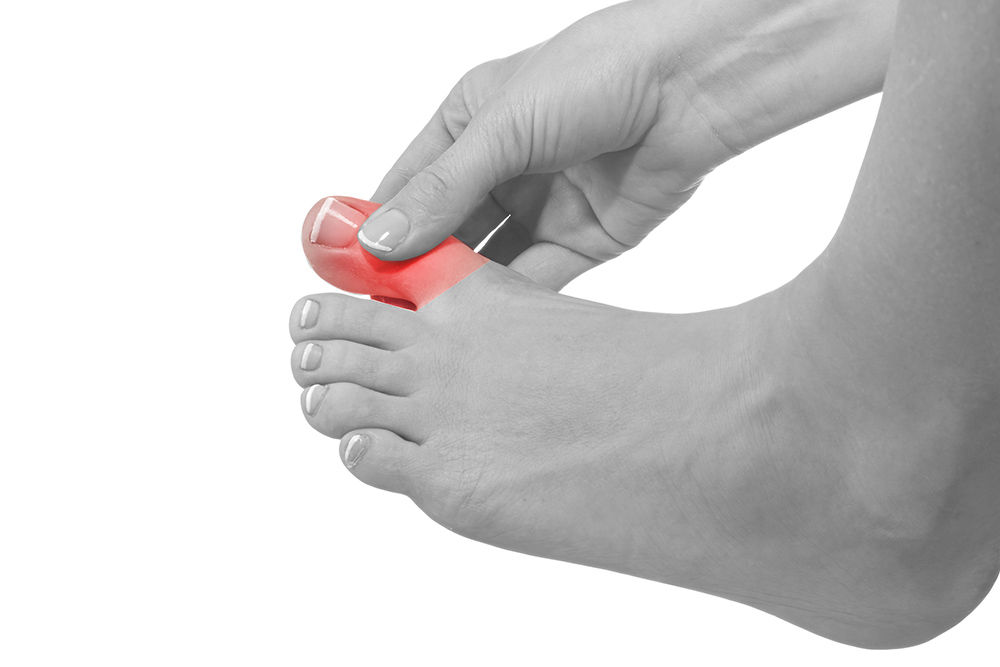
Ingrown toenails are more than just a minor annoyance; they can be a source of considerable discomfort and concern for many. Podiatrists encounter countless patients with this common foot issue, each of them eager for relief and often asking one pressing question: “Will an ingrown toenail eventually grow out?” It’s a query rooted in hope, as well as a desire for a natural resolution without medical intervention.
While the pain and inflammation associated with an ingrown toenail can be distressing, understanding its nature, how it develops, and its potential course can offer clarity. In this article, we will delve into the heart of this issue, providing valuable insights backed by professional expertise, to answer that very question.
Whether you’re currently grappling with an ingrown toenail or are simply curious, you’ll find comprehensive information here to guide you. We also have other important information on ingrown toenail removal, the best nail clippers like Swissklip Nail Clippers.
Understanding Ingrown Toenails
Ingrown toenails, medically termed as onychocryptosis, are a prevalent foot issue that podiatrists encounter regularly. They arise when the edge or corner of a toenail grows into the soft flesh surrounding it, often resulting in pain, redness, swelling, and sometimes even an infection. Understanding the root causes and characteristics of this condition is pivotal for anyone aiming to manage or prevent it.
Why Do Ingrown Toenails Develop?
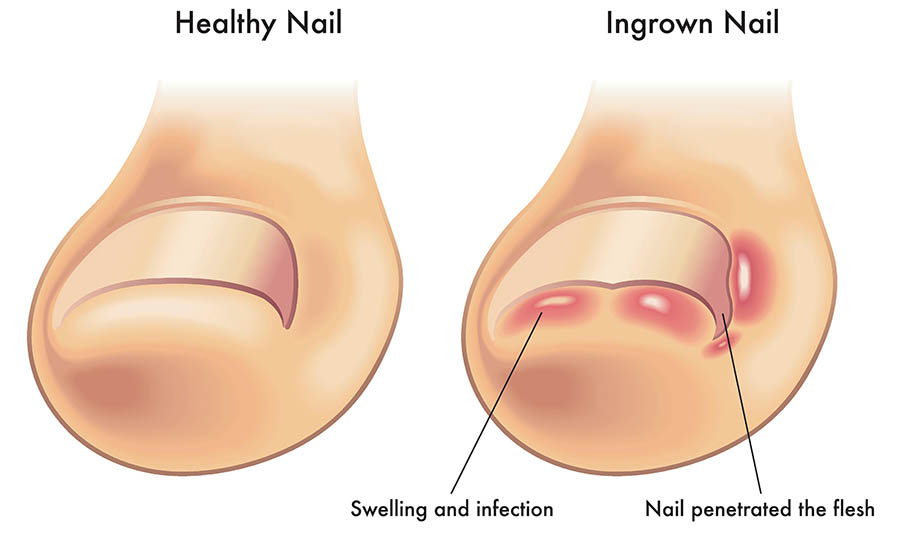
Several factors can contribute to the development of an ingrown toenail:
- Improper Nail Trimming: One of the leading causes is the manner in which toenails are trimmed. Cutting nails too short or not straight across can cause them to grow back into the surrounding skin. It’s here that tools like the Swissklip Nail Clipper can make a significant difference. Designed for precision and ease, it ensures that toenails are cut straight and with minimal hassle, reducing the chances of ingrowths.
- Footwear Choices: Tight-fitting shoes or those that press against the toenails can cause the nail to grow into the surrounding tissue. The constant pressure and friction from shoes, especially with narrow toe boxes, push the toenail into the skin.
- Injury: Trauma to the toenail, like stubbing your toe or having an object fall on it, can cause the nail to grow incorrectly, leading to an ingrown condition.
- Natural Nail Shape: Some people have naturally curved toenails that tend to grow downwards, making them more prone to ingrown conditions.
The Journey of an Ingrown Toenail
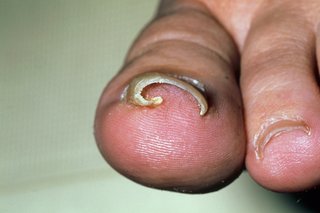
When an ingrown toenail begins its unwanted journey into the skin, the body perceives it as a foreign invader, leading to an inflammatory response. This is why the area becomes red, swollen, and painful. If left unaddressed, there’s a risk of infection, which presents as increased redness, warmth, pus, and sometimes even a foul odor.
Now, to address the question at hand: Will an Ingrown Toenail Eventually Grow Out? Well, while it’s possible for a mildly ingrown toenail to correct its course over time, it’s not always the case. The toenail’s trajectory of growth and the body’s response to the “invading” nail can sometimes create a situation where the nail becomes more deeply embedded into the skin.
Being proactive in the early stages of an ingrown toenail is crucial. While toenail clippers can assist in ensuring toenails are cut appropriately to prevent the onset, in established cases, a comprehensive approach to care and sometimes medical intervention becomes necessary. As we navigate further into the realm of ingrown toenails, we’ll provide insights and solutions to handle this pesky problem effectively.
Factors Influencing Toenail Growth
To understand the question, “Will an Ingrown Toenail Eventually Grow Out?”, we must first delve into the science of toenail growth and the elements that influence it. Read our article that answers the question: How long does it take for nails to grow.
As a podiatrist, I’ve studied and observed these factors extensively, which play a significant role in the progression and resolution of ingrown toenails.
The Science of Toenail Growth
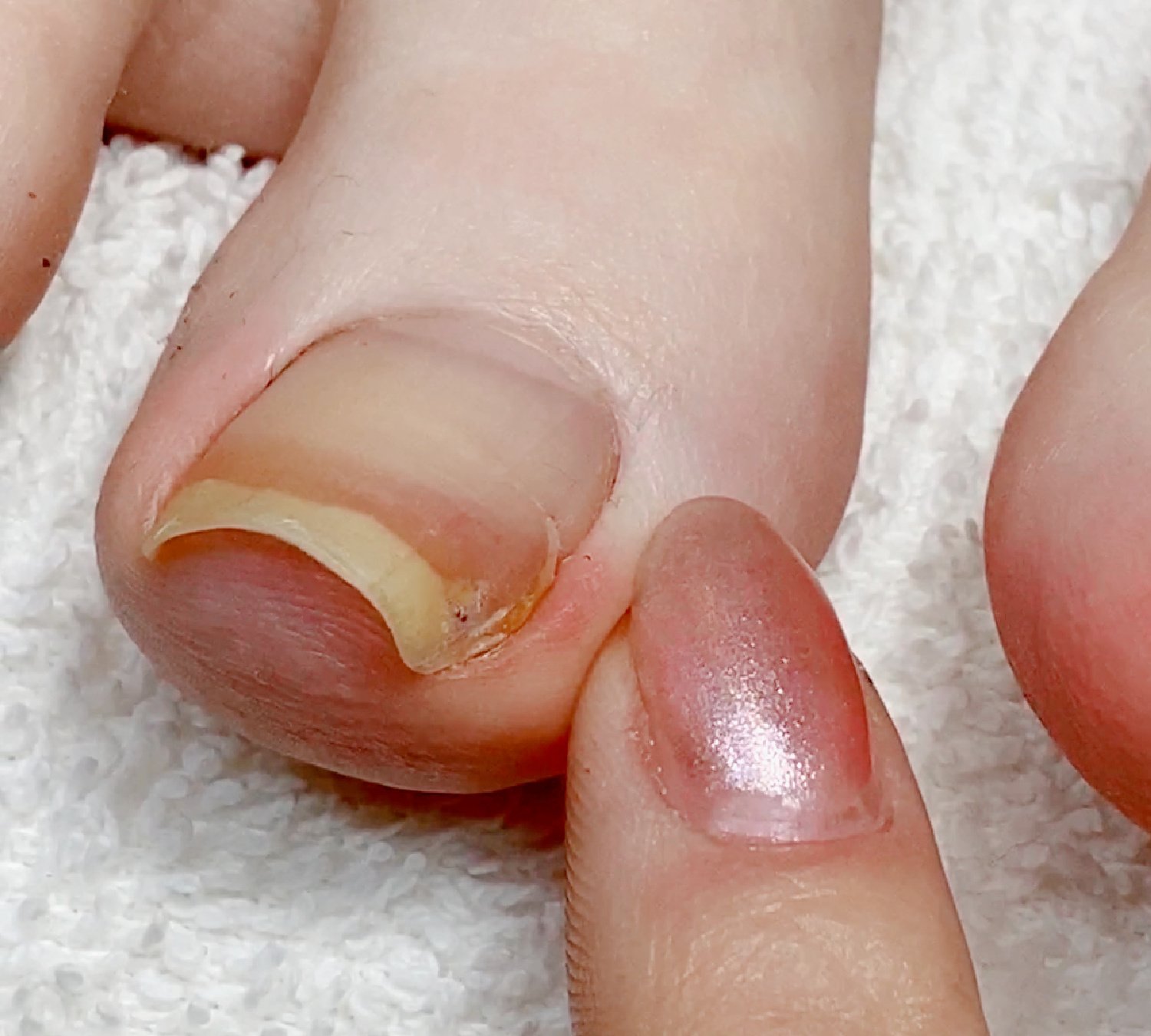
Toenails grow at an average rate of about 1mm per month, although this can vary based on several factors:
- Age: Younger individuals usually experience faster toenail growth than older adults. This is especially evident in children and teenagers who are still growing.
- Health & Diet: Proper nutrition and good health promote optimal nail growth. Deficiencies in vitamins and minerals, especially biotin, zinc, and protein, can impede nail growth.
- Blood Circulation: Good blood flow to the extremities promotes healthier and more consistent toenail growth. Conditions that impede blood flow, like peripheral vascular disease or diabetes, can slow down toenail growth.
- Hormonal Factors: Changes in hormone levels, as seen during pregnancy or certain medical conditions, can influence the rate of toenail growth.
Ingrown Toenails and Growth Dynamics
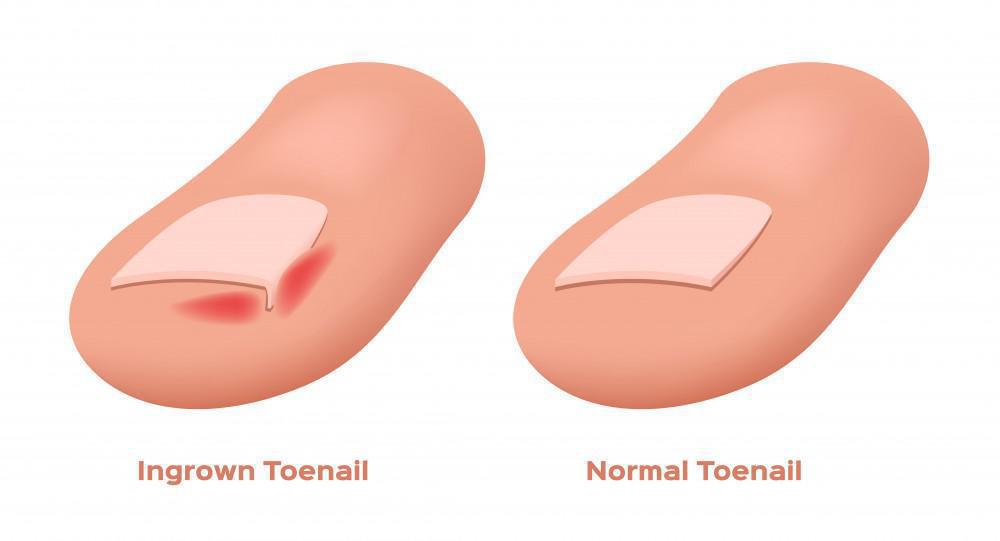
When a toenail starts growing into the skin, it’s deviating from its natural growth trajectory. This deviation is influenced by both external factors, such as tight footwear or improper trimming, and internal ones like genetics and nail shape.
Now, for a toenail that’s mildly ingrown due to, say, a tight shoe worn for a prolonged period, once that external pressure is removed, there’s potential for the nail to correct its course as it continues to grow. But remember, the longer the nail has been ingrown and the deeper it’s penetrated the skin, the less likely it will resolve on its own.
This brings us to the importance of tools. One of the significant external influences on toenail growth direction is trimming technique. Using precision tools can ensure that you’re cutting your nails straight across and not too short, giving your toenails the best chance to grow correctly. Remember, prevention, in many cases, can be the most straightforward solution.
Toenail growth is a complex interplay of genetics, health, external influences, and care practices. While some ingrown toenails might find their way out with time, others need intervention. It’s crucial to understand and recognize these factors early, so you’re equipped with the knowledge to address an ingrown toenail effectively, ensuring it doesn’t become a long-term or recurrent issue.
Symptoms of Ingrown Toenails
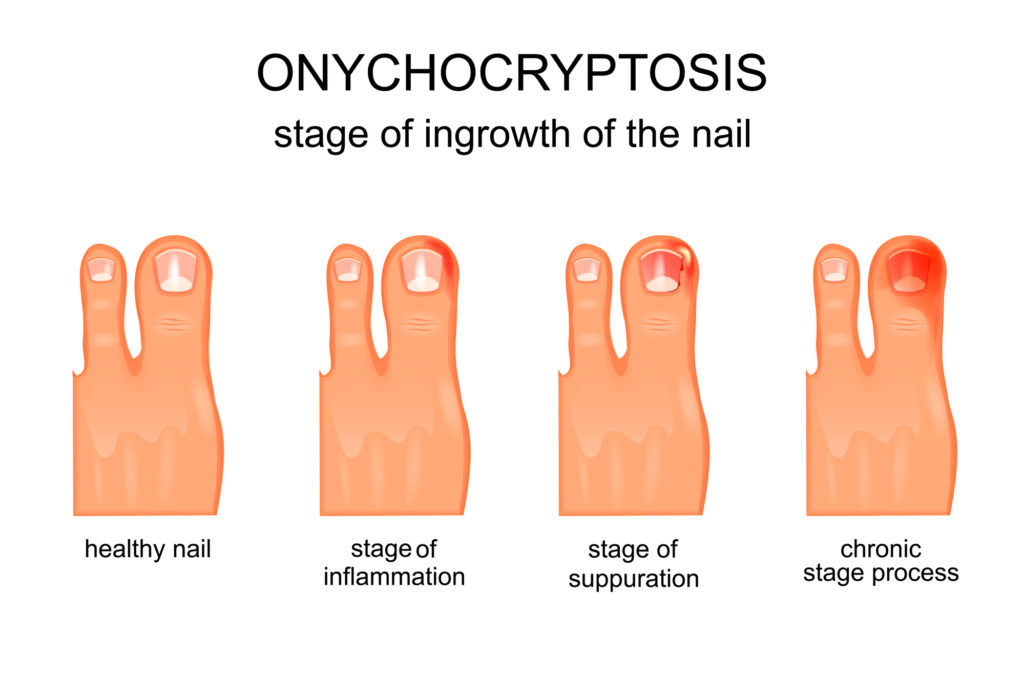
The discomfort and pain of an ingrown toenail can disrupt daily life and lead many to seek relief. As a podiatrist, I’ve encountered countless individuals enduring this common foot ailment, each with the hope of understanding and resolving the condition. Addressing the key question, “Will an Ingrown Toenail Eventually Grow Out?”, starts by recognizing the symptoms and the contributing factors.
Identifying the Signs
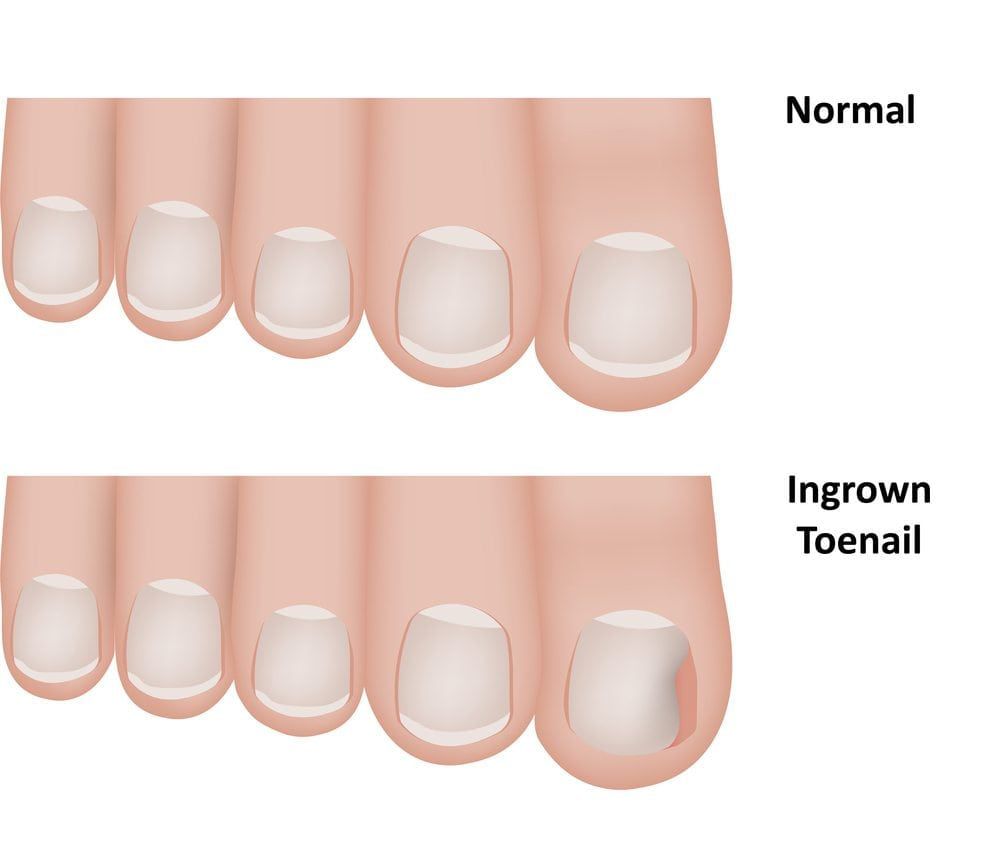
- Localized Pain: The initial sign is usually discomfort or pain, especially when pressure is applied to the affected toe. Activities like walking, running, or even just wearing closed shoes can exacerbate this pain.
- Swelling and Redness: As a natural inflammatory response, the area around the toenail might become swollen and red.
- Infection Indicators: In some situations, an untreated ingrown toenail can lead to infection. Symptoms include warmth at the site, yellowish discharge or pus, and sometimes an unpleasant odor.
- Skin Overgrowth: In chronic cases, there can be an overgrowth of skin around the toenail, known as granulation tissue, which can bleed easily and produce a clear to yellowish fluid.
Underlying Causes
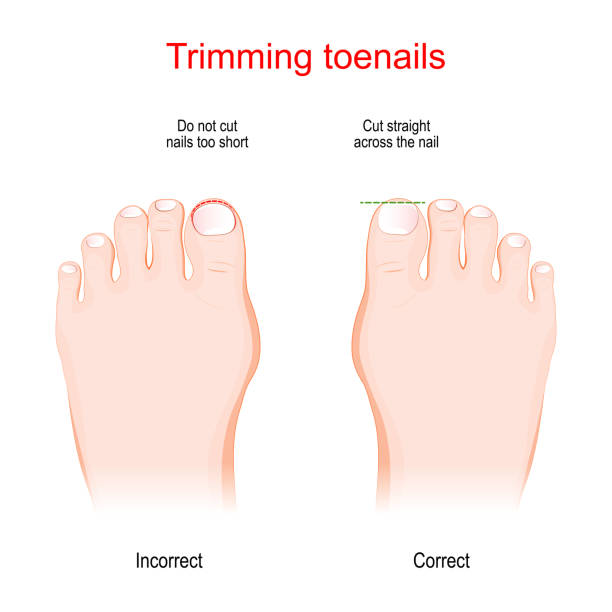
Trimming toenails. Incorrect and Correct procedure. Close-up of human foot and nails. vector illustration
Several factors can lead to an ingrown toenail, including:
- Improper Nail Trimming: One of the primary culprits is cutting the toenails incorrectly, either too short or not straight across. This allows the nail to dig into the skin as it grows. A precise tool can be invaluable here. By ensuring that toenails are trimmed straight across, the risk of developing ingrown toenails is significantly reduced.
- Tight Footwear: Shoes that compress the toes can force the nail to grow into the surrounding skin.
- Toe Injuries: Traumas, like stubbing the toe, can sometimes cause the nail to grow improperly.
The Path to Relief and Prevention
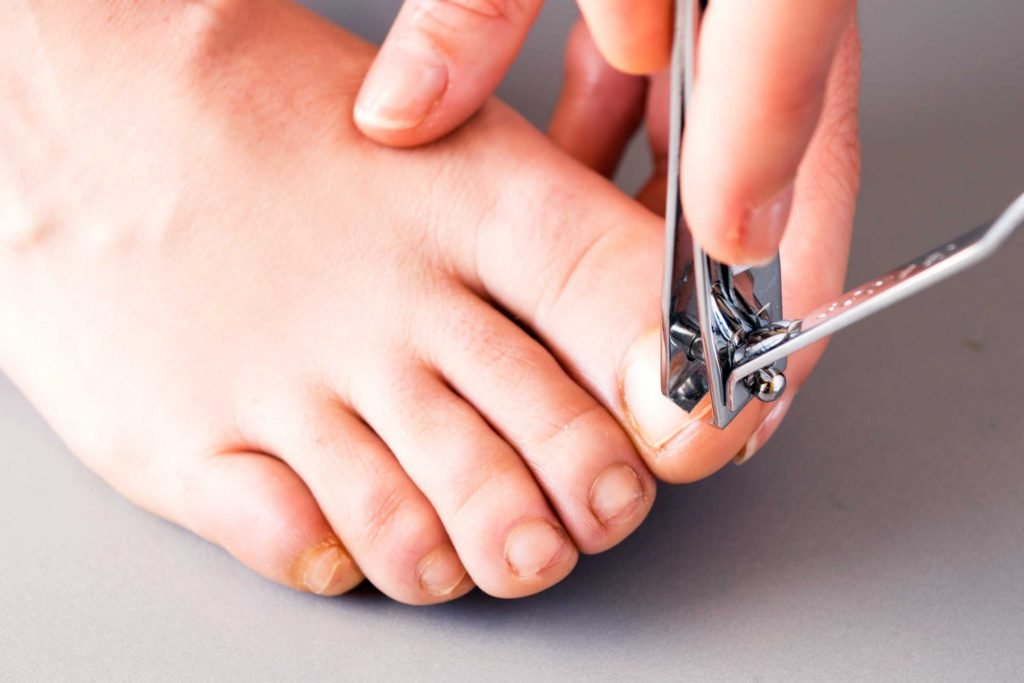
While recognizing the symptoms is crucial, understanding the preventative measures is equally important. Proper foot care, which includes correct toenail trimming, is essential in avoiding the onset of ingrown toenails.
Ingrown toenails are not just a superficial concern; they can lead to complications if left untreated. Recognizing the symptoms early and adopting correct foot care practices are pivotal steps in managing and preventing this condition. While some cases might require medical intervention, many can be addressed with the right knowledge, tools, and care approach. It’s about offering your feet the attention they deserve to ensure optimal health and comfort.
Will an Ingrown Toenail Grow Out on Its Own?
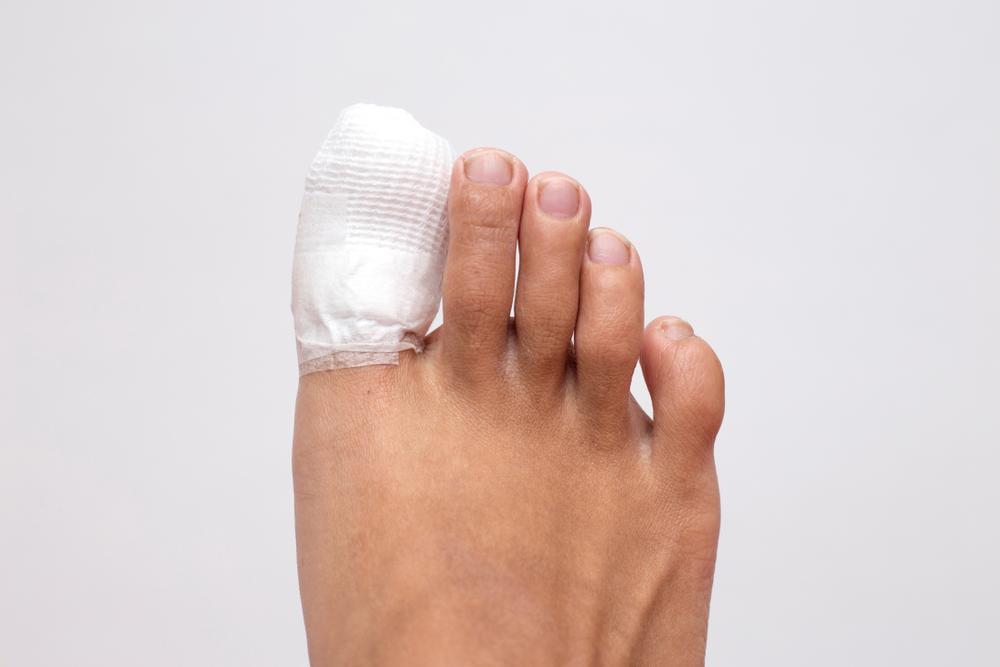
Addressing the heart of our topic, “Will an Ingrown Toenail Eventually Grow Out?”, requires a nuanced understanding of the toenail’s growth patterns and the factors that might influence spontaneous resolution. As a practicing podiatrist, I’ve seen the diverse ways in which ingrown toenails can progress, and here I offer a comprehensive breakdown.
Natural Growth versus Ingrown Dilemma
Toenails typically grow at a rate of about 1mm per month. However, when a toenail becomes ingrown, its direction of growth is interrupted. Instead of growing forward and outward, it starts growing into the surrounding skin. This altered trajectory poses the question: Can it correct itself?
Mild Ingrowths and Their Potential Self-Resolution
In cases where the ingrown toenail is mild and caused by external factors such as tight shoes, there’s a possibility that, once the pressure is alleviated, the toenail may correct its path and grow outward naturally. This self-correction is more likely if:
- The ingrown toenail is identified early.
- Contributing external pressures, like tight footwear, are eliminated.
- Proper foot hygiene and care are maintained.
Severe Ingrowths Require Intervention
For deeper ingrowths, especially those showing signs of infection, hoping for natural resolution can be both optimistic and risky. Here’s why:
- Persistent Pain and Discomfort: Severe ingrowths can make daily activities like walking a painful ordeal.
- Risk of Infection: Waiting for a deeply embedded toenail to grow out increases the risk of infection, which can complicate treatment and recovery.
- Chronicity: Some chronic ingrown toenails, if recurrent or left untreated for extended periods, are less likely to self-resolve.
How Proper Tools Play a Role
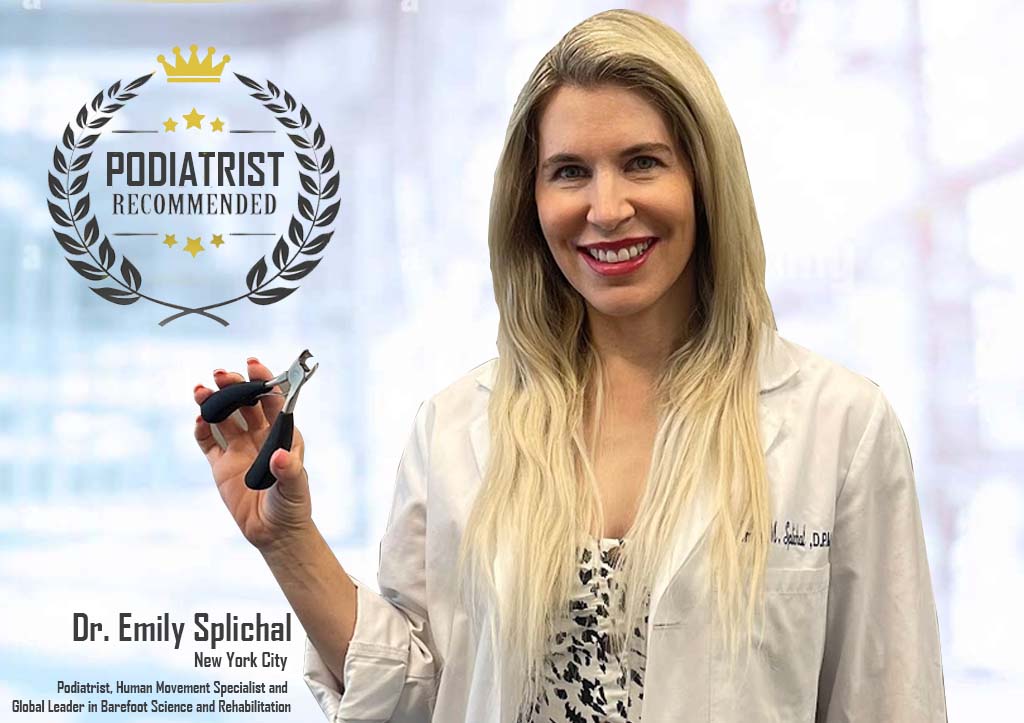
While we’re discussing natural growth and intervention, it’s worth noting that prevention remains a cornerstone. Ensuring toenails are cut correctly can drastically reduce the risk of developing ingrown toenails. A podiatrist recommended tool like the Swissklip Nail Clipper is specifically designed to ensure precision in nail cutting. By providing a straight cut and preventing overly short trimming, it’s a valuable asset in the arsenal against ingrown toenails.
The question, “Will an Ingrown Toenail Eventually Grow Out?”, doesn’t have a one-size-fits-all answer. While mild cases might self-correct under the right conditions, more severe instances require timely attention and intervention. The importance of recognizing early signs, using the right tools, and seeking professional guidance when necessary cannot be overstressed. Your feet carry you through life; giving them the care they deserve ensures they do so comfortably.
Steps to Encourage Natural Healing
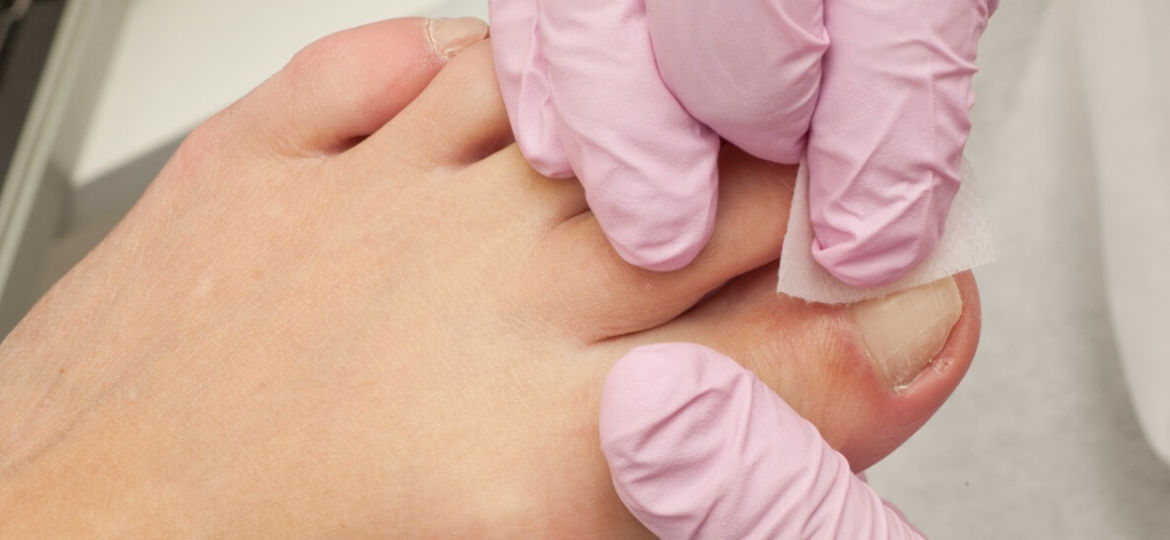
Ingrown toenails can be not only painful but also a source of anxiety for many. While professional intervention is sometimes necessary, especially in severe cases, there are steps you can adopt at home to promote natural healing.
As a seasoned podiatrist, I’ve guided numerous patients on these measures, and here I’ll share the most effective ones, ensuring you are well-equipped to handle the question, “Will an Ingrown Toenail Eventually Grow Out?”
- Warm Salt Soaks: Soaking the affected foot in warm salt water can be a game-changer. It helps to soften the skin around the toenail and reduces inflammation. Do this for about 15-20 minutes, 2-3 times daily. Ensure you dry your foot thoroughly after each soak.
- Lift and Redirect: For toenails that are mildly ingrown, you can gently lift the corner of the nail that’s digging into the skin and place a tiny piece of cotton or dental floss underneath. This acts as a splint, helping redirect the nail’s growth away from the skin. Remember to replace the cotton or floss daily.
- Proper Footwear: Opt for open-toed shoes or sandals that don’t put pressure on the toenails. This not only relieves pain but also prevents further digging of the nail into the skin.
- Topical Antibiotics: Applying a topical antibiotic ointment can prevent infections and reduce inflammation. Always ensure the area is clean before application.
- Over-the-counter Pain Relievers: Non-prescription pain relievers like ibuprofen can help manage pain and reduce inflammation. However, always consult with a healthcare professional before starting any medication.
- Maintain Foot Hygiene: Keeping the foot clean and dry can ward off infections. After activities that cause sweating, wash your feet and dry them thoroughly, paying special attention to the spaces between toes.
- Proper Nail Trimming: It might sound repetitive, but the significance of proper toenail trimming cannot be overstated. A straight-across cut ensures the nail grows correctly.
While these steps can significantly aid the natural healing process of an ingrown toenail, they’re not a guaranteed cure for all cases. Some ingrown toenails, especially those deeply embedded or infected, may require professional care. It’s essential to listen to your body and seek medical attention when necessary. After all, addressing the problem early not only provides relief but also reduces the chances of complications. Your feet are foundational to your mobility and overall well-being; treating them with care ensures they serve you well throughout life.
Ingrown Toenail Treatment Options
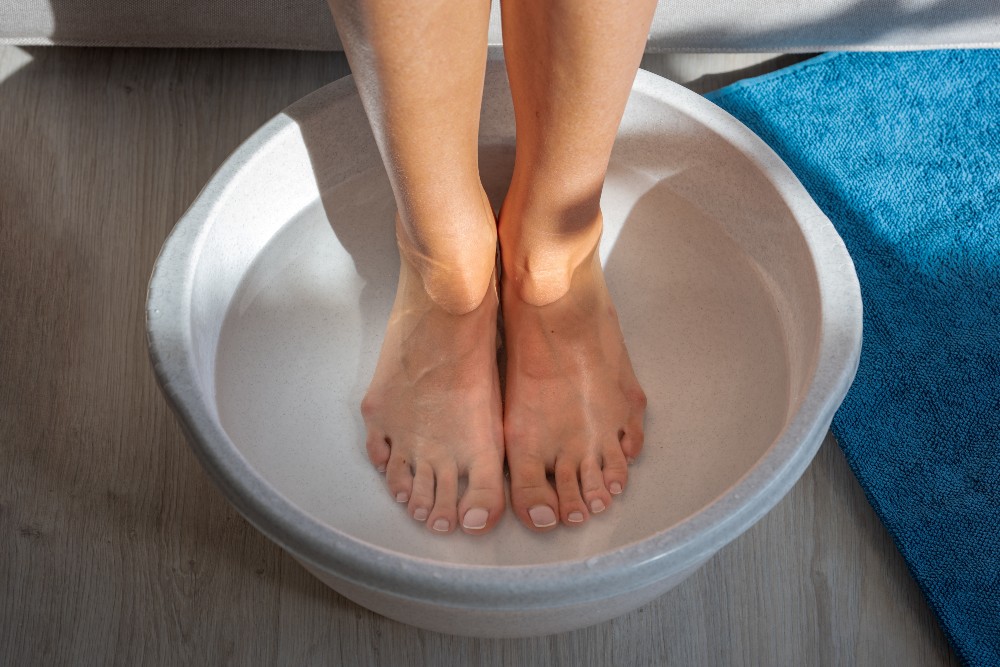
When it comes to the pressing query, “Will an Ingrown Toenail Eventually Grow Out?”, understanding the range of treatment options available is paramount. Ingrown toenails can vary in severity, from minor irritations to painful infections, and their management should be tailored accordingly. As a podiatrist, I’ve witnessed the transformative power of appropriate treatment, and here, I’ll elucidate the best courses of action based on the toenail’s condition.
- Home Remedies: For mild cases of ingrown toenails, home remedies can be effective:
- Warm Soaks: As mentioned, soaking in warm salt water can alleviate inflammation and pain.
- Lifting the Nail: Redirecting the nail away from the skin using cotton or dental floss can encourage proper growth.
- Footwear Changes: Switching to open-toed or wider shoes reduces pressure on the ingrown toenail.
- Topical Antibiotics: To prevent infections, ointments can be applied to the affected area.
- Professional Podiatric Care: In instances where the ingrown toenail doesn’t improve with home remedies or is recurrent, seeking professional care is essential.
- Partial Nail Removal: For toenails that are deeply embedded into the skin or showing signs of infection, the ingrown portion of the nail may be removed. This provides immediate relief and is typically done under local anesthesia.
- Nail and Tissue Removal: In chronic cases, where ingrown toenails recur, removing a portion of the underlying nail bed (a procedure called a matrixectomy) can be an option. This prevents the problematic section of the nail from growing back.
- Oral or Topical Antibiotics: If there’s an infection, antibiotics might be prescribed to tackle it.
- Prevention and Maintenance:
- Proper Trimming: As reiterated, cutting your toenails straight across and not too short can prevent many cases of ingrown toenails. Investing in a quality tool can simplify this task, ensuring precision in every trim.
- Footwear Choices: Shoes that provide ample room for toes and don’t compress the nails can make a significant difference in preventing ingrown toenails.
While many ingrown toenails can be managed at home, recognizing when to seek professional help is vital. Equipping oneself with the right tools and knowledge ensures that toenails remain healthy, reducing the risk of them becoming ingrown. However, in cases that require more than home remedies, timely podiatric intervention can not only alleviate pain but also restore the foot’s overall health.
Ingrown Toenail Prevention Tips
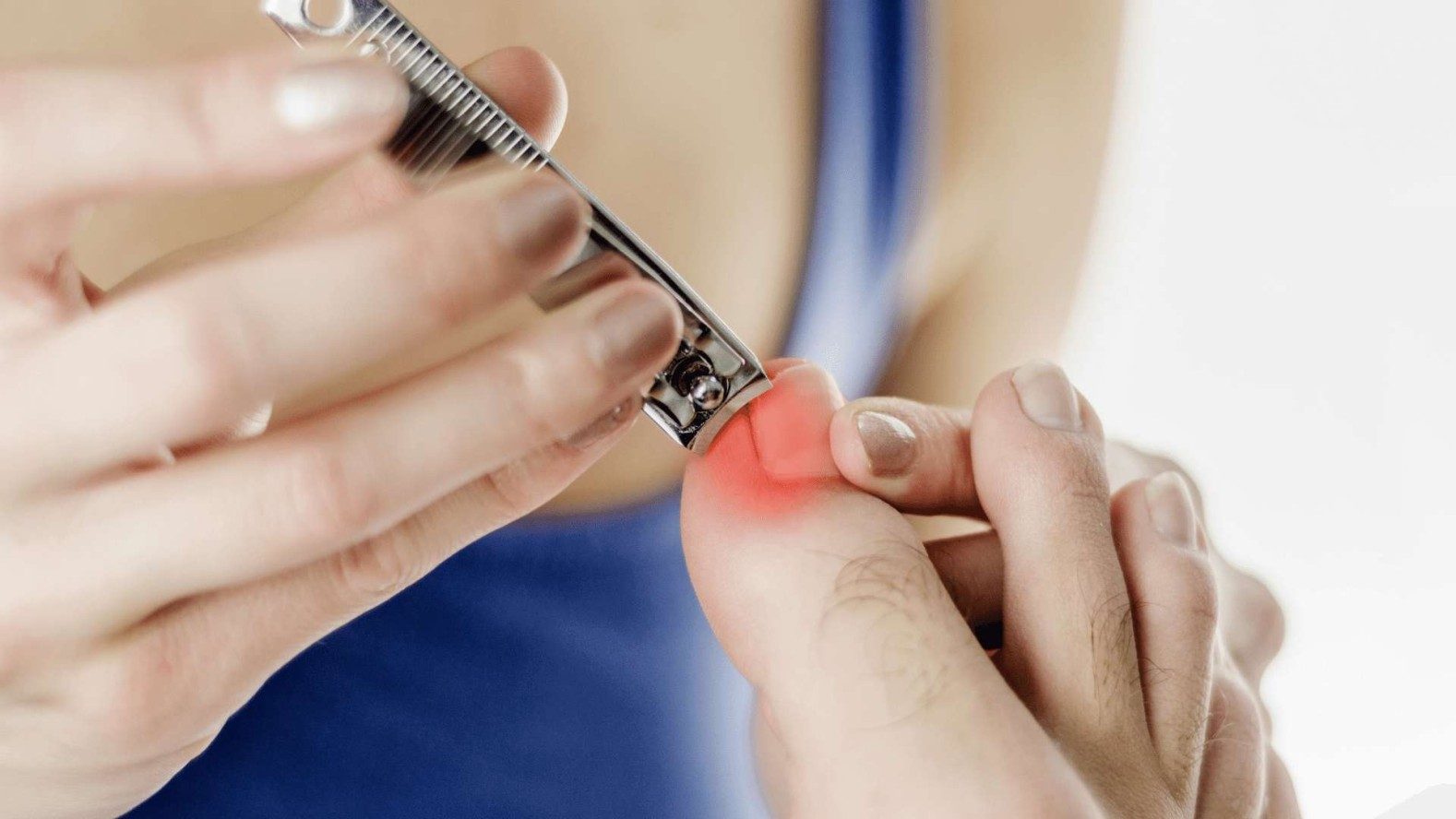
While treating ingrown toenails is essential, taking steps to prevent them in the first place is even more crucial. After all, prevention is the best medicine. As we explore the comprehensive response to “Will an Ingrown Toenail Eventually Grow Out?”, the realm of prevention emerges as a primary line of defense. As a podiatrist, I’m keenly aware that some of the most effective treatments are the proactive measures we take every day. Here are some fundamental tips to keep those toenails growing as they should.
- The Art of Nail Trimming: Toenail trimming isn’t just a mundane chore; it’s an art that has a direct impact on the health of your nails.
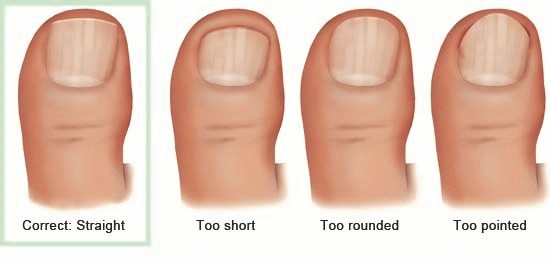
- Straight Across: Always trim your toenails straight across and avoid rounding the corners. This reduces the chance of the nail growing into the surrounding skin.
- Optimal Length: Avoid cutting your nails too short. Ideally, they should be in line with the tips of your toes.
- The Right Tools: Using the appropriate tools can make a world of difference. The Swissklip Heavy Duty Toenail Clipper, designed specifically for precision and durability, ensures that you’re giving your nails the best cut every time.
- Footwear Matters: Your choice of shoes can either promote foot health or contribute to problems like ingrown toenails.
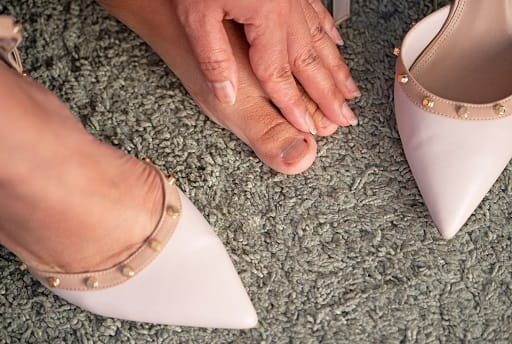
- Room to Breathe: Opt for shoes with a wide toe box, giving your toes ample space to move without compression.
- Avoid High Heels: Frequently wearing high heels can push the toes to the front of the shoe, increasing pressure and the risk of ingrown toenails.
- Protect Your Feet
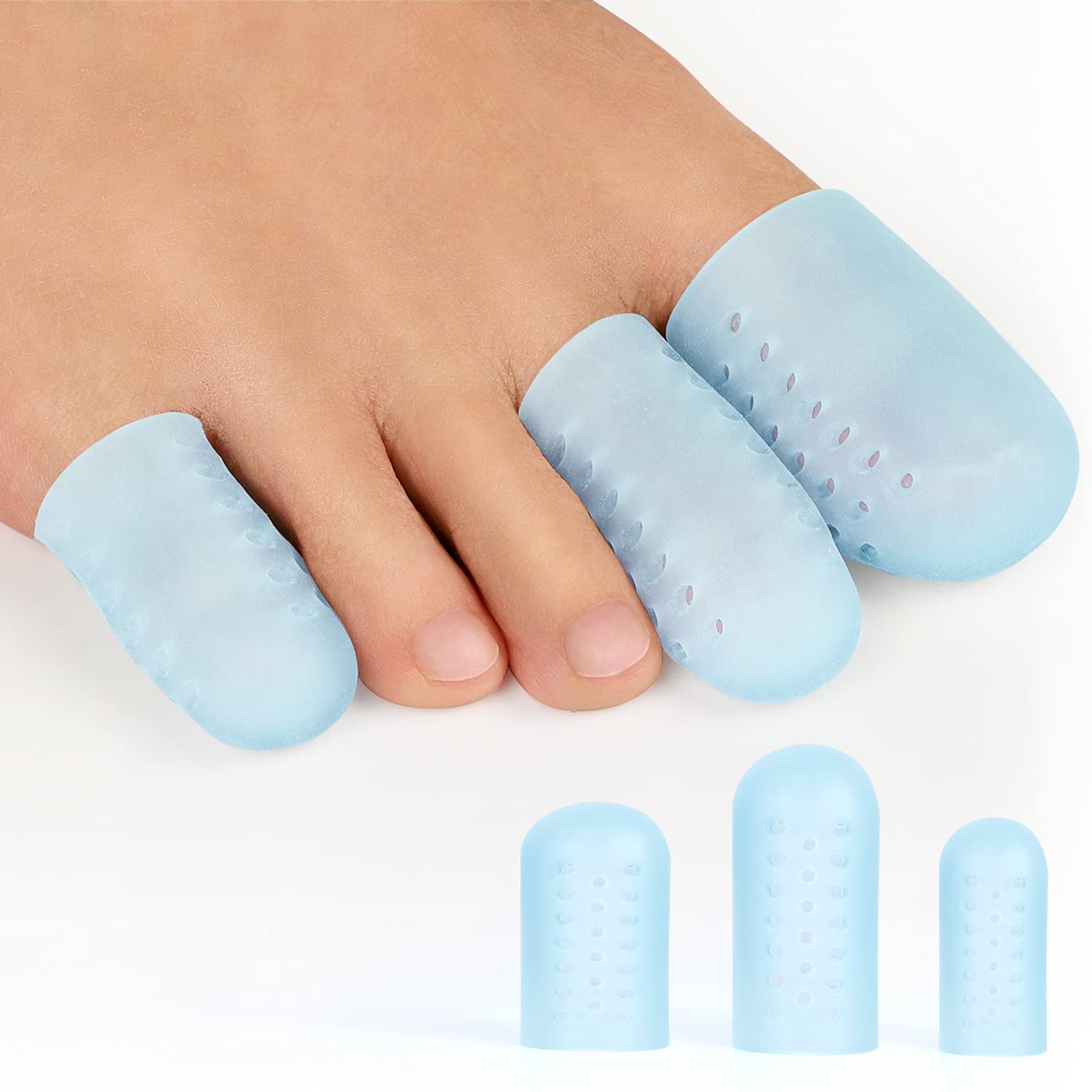
- Avoid Trauma: Simple actions like being careful not to stub your toes or drop heavy objects on your feet can prevent trauma that may lead to ingrown toenails.
- Sporting Activities: If you’re active in sports, especially ones that put pressure on the feet like soccer, consider protective footwear or padding.
- Hygiene and Foot Care: Maintaining foot hygiene goes a long way in preventing many foot-related ailments, including ingrown toenails.
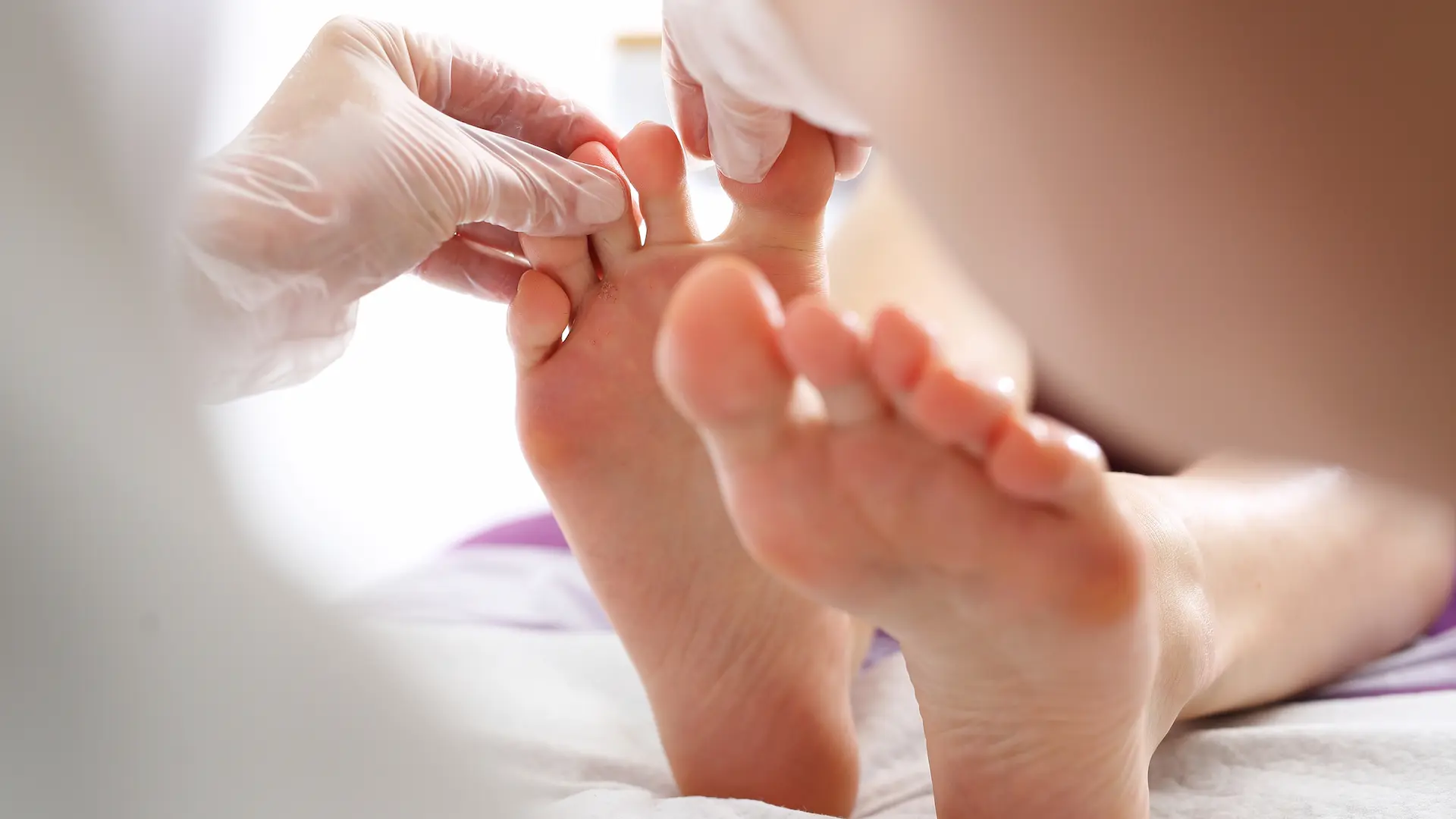
- Clean and Dry: Wash your feet regularly and ensure they’re dried thoroughly, especially between the toes.
- Moisturize: Use a foot cream to prevent dryness but avoid over-moisturizing, which can soften the nails too much.
- Regular Foot Checks: Take time to inspect your feet and nails regularly. Early detection of potential problems can lead to quicker interventions and less discomfort.
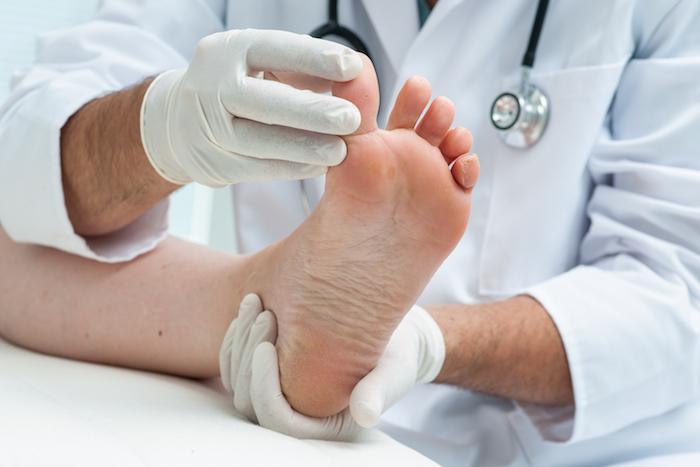
While there’s no absolute guarantee against ingrown toenails, these preventive measures significantly reduce the risk. Equipping oneself with knowledge, the right tools, and a proactive approach to foot care can help ensure that toenails grow healthily, minimizing complications and maximizing comfort. Remember, your feet carry you through every step of life—treat them with the care they deserve.
Conclusion
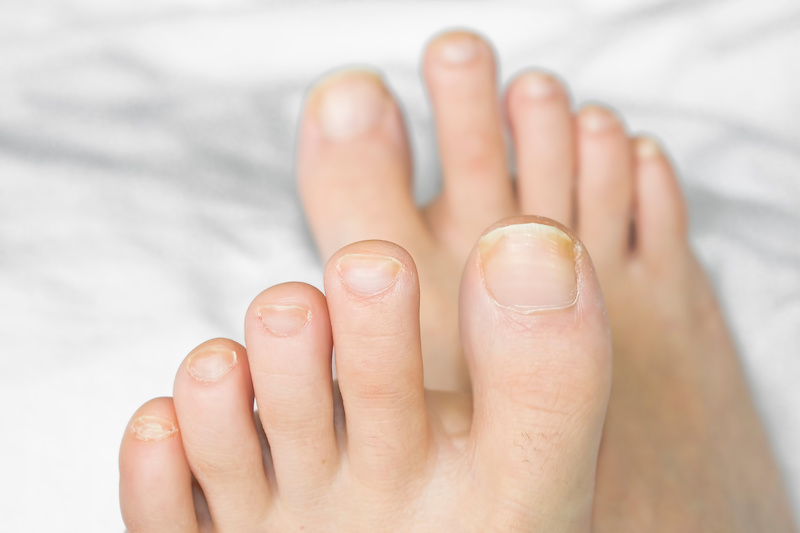
The journey through the intricate realm of ingrown toenails brings us to a holistic understanding of this common foot ailment. As we circle back to the pivotal query, “Will an Ingrown Toenail Eventually Grow Out?”, it’s evident that the answer isn’t merely black or white. It lies within the confluence of our daily practices, the choices we make, and our promptness in seeking professional care when needed.
Ingrown toenails can range from minor inconveniences to painful impediments. While some might self-resolve under conducive conditions, others demand timely and adept intervention. This variability underscores the importance of awareness, both of the ailment’s nature and its potential trajectories.
Tools play a significant role in preventive care. Investing in quality can aid in precise toenail maintenance. While it isn’t the sole answer to preventing ingrown toenails, it’s certainly a step in the right direction. After all, a correctly cut toenail is often the first line of defense against ingrowths.
As a podiatrist, my advice to those navigating the challenges of ingrown toenails is threefold:
- Educate Yourself: Understand the causes and symptoms, so you can take proactive measures and recognize early signs.
- Equip Yourself: Have the right tools on hand, they ensure that toenails are maintained with precision.
- Engage Professionals When Needed: While home remedies can be effective, there are instances where professional expertise is paramount. Listen to your body, and when in doubt, seek expert guidance.
In the end, your feet are foundational to your well-being. They’re not just pillars of support but indicators of broader health. By addressing the question at hand and adopting a comprehensive approach to foot health, you not only pave the way for comfortable steps but also contribute to overall vitality. And in this journey, every step, every tool, and every piece of knowledge counts.
FAQs
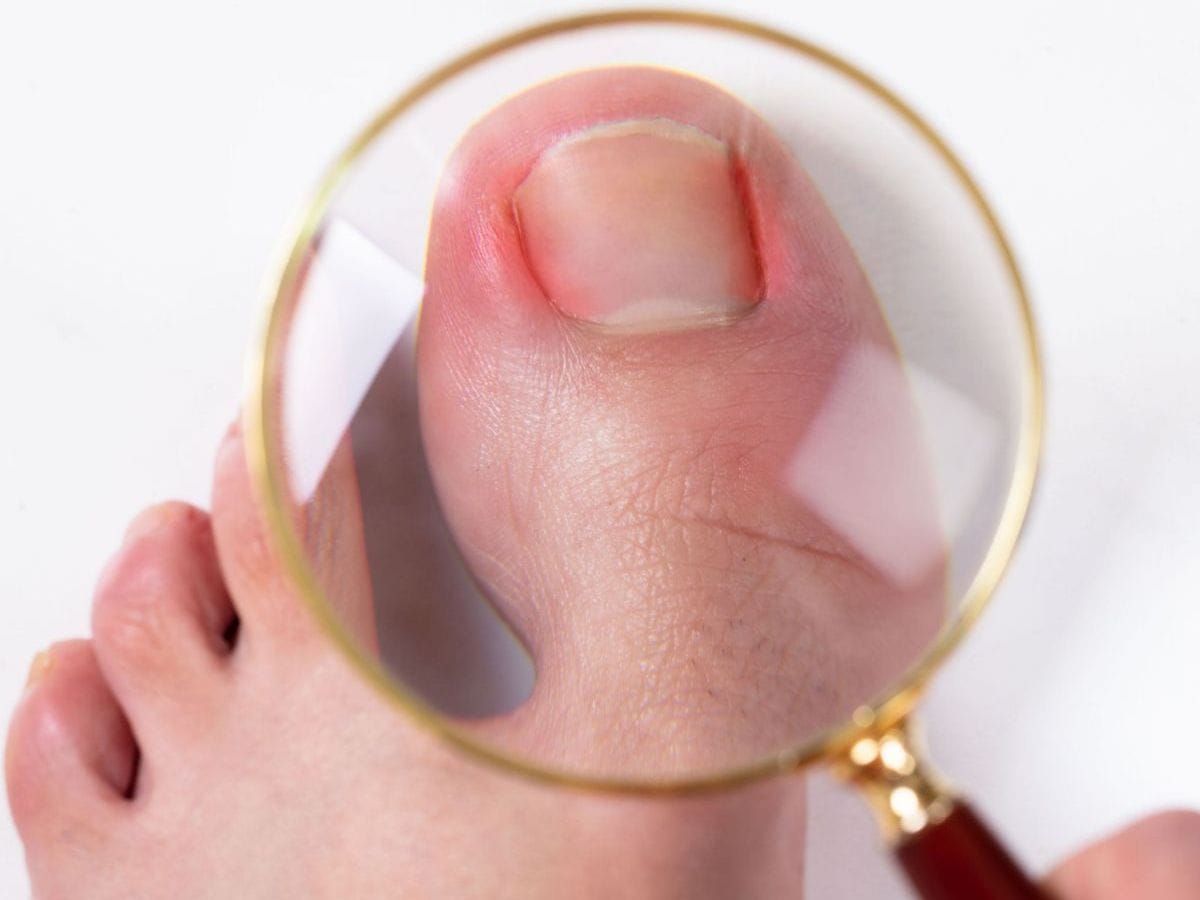
Navigating the complexities of ingrown toenails raises several questions, and as a committed podiatrist, I’m here to provide clarity. Let’s address some of the most frequently asked questions related to our central topic, “Will an Ingrown Toenail Eventually Grow Out?”
- How long does it typically take for an ingrown toenail to grow out?
The growth rate for toenails is roughly 1mm per month. If an ingrown toenail is mild and there’s no infection, with proper care, it can potentially correct its growth trajectory in a few weeks to months. However, severe cases might require medical intervention for faster relief.
- Are there any signs that my ingrown toenail is becoming infected?
Yes, signs of an infection include increased redness, swelling, warmth, and pus discharge. If you observe these symptoms, it’s vital to consult a healthcare professional promptly.
- Can I continue my regular sports or fitness activities with an ingrown toenail?
It depends on the severity. Mild cases may allow for regular activities with protective footwear, but if there’s pain, discomfort, or signs of infection, it’s advisable to pause and seek treatment.
- How often should I trim my toenails to prevent ingrown toenails?
Typically, toenails should be trimmed every 3-4 weeks. Using a precision tool, can ensure you maintain the ideal nail length and cut straight across, reducing the risk of ingrown toenails.
- Are certain individuals more prone to developing ingrown toenails?
Yes, factors like genetics, having naturally curved toenails, or repetitive trauma to the feet (common in athletes) can increase the risk. Additionally, improper nail-trimming techniques and wearing tight shoes frequently can contribute.
- I have recurring ingrown toenails. What can I do?
Recurrent ingrown toenails may need a more permanent solution, such as a minor surgical procedure to remove a part of the nail or nail bed. Consult a podiatrist for a comprehensive evaluation and guidance.
- Is it safe to attempt ‘DIY surgery’ on my ingrown toenail at home?
It’s not advisable. Improper techniques can exacerbate the problem, introduce infections, or lead to complications. For persistent or severe cases, always seek professional care.
Understanding ingrown toenails requires both knowledge and a proactive approach. Equipped with the right information and tools, you’re well on your way to ensuring optimal foot health. Remember that persistent or severe issues deserve the attention of a podiatrist. Your feet carry the weight of your world; ensure they tread on a path of care and knowledge.


